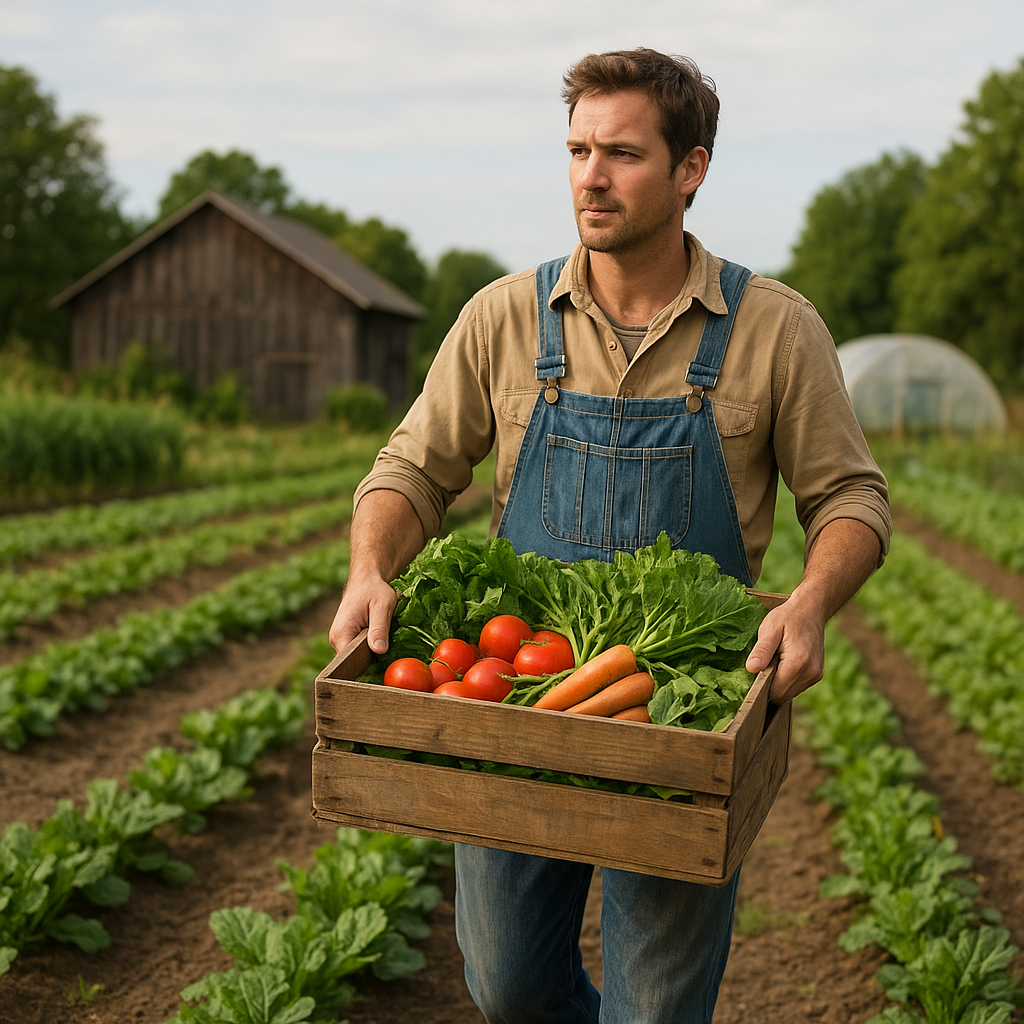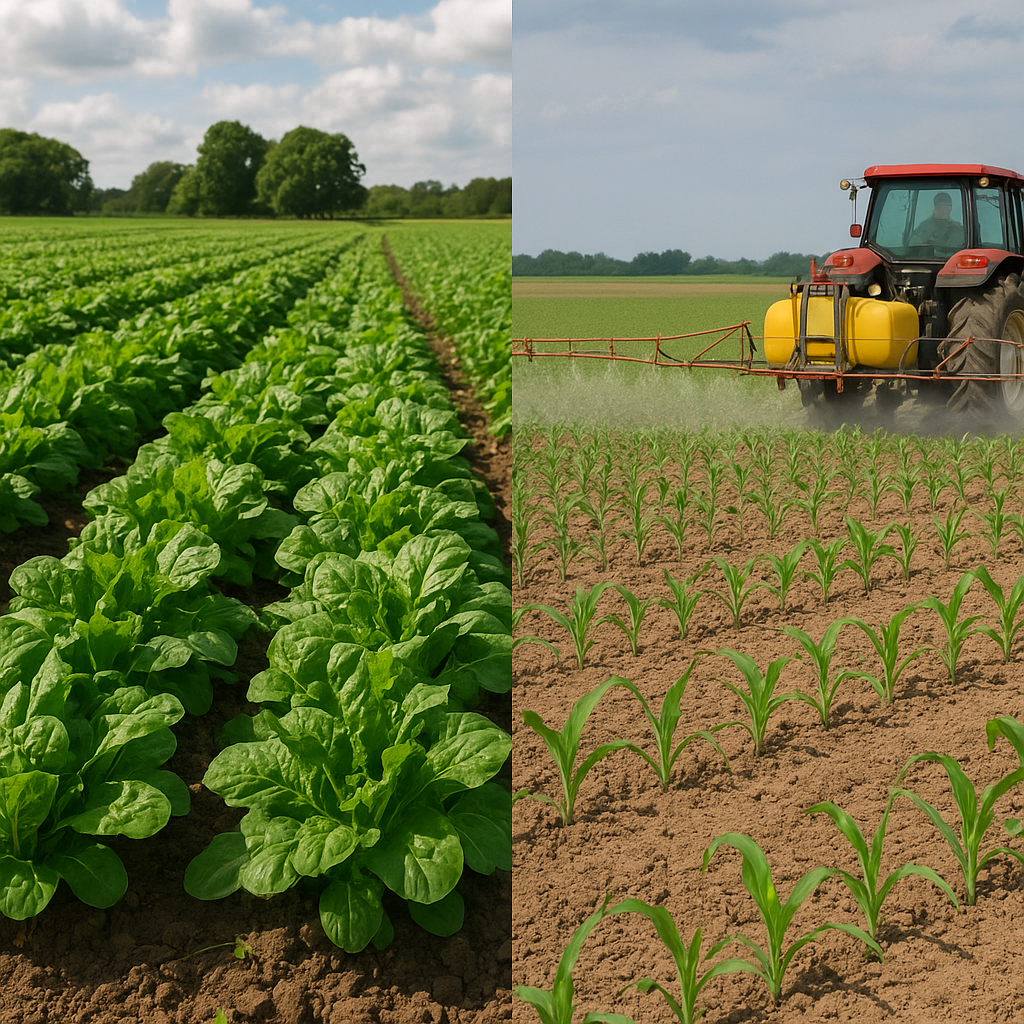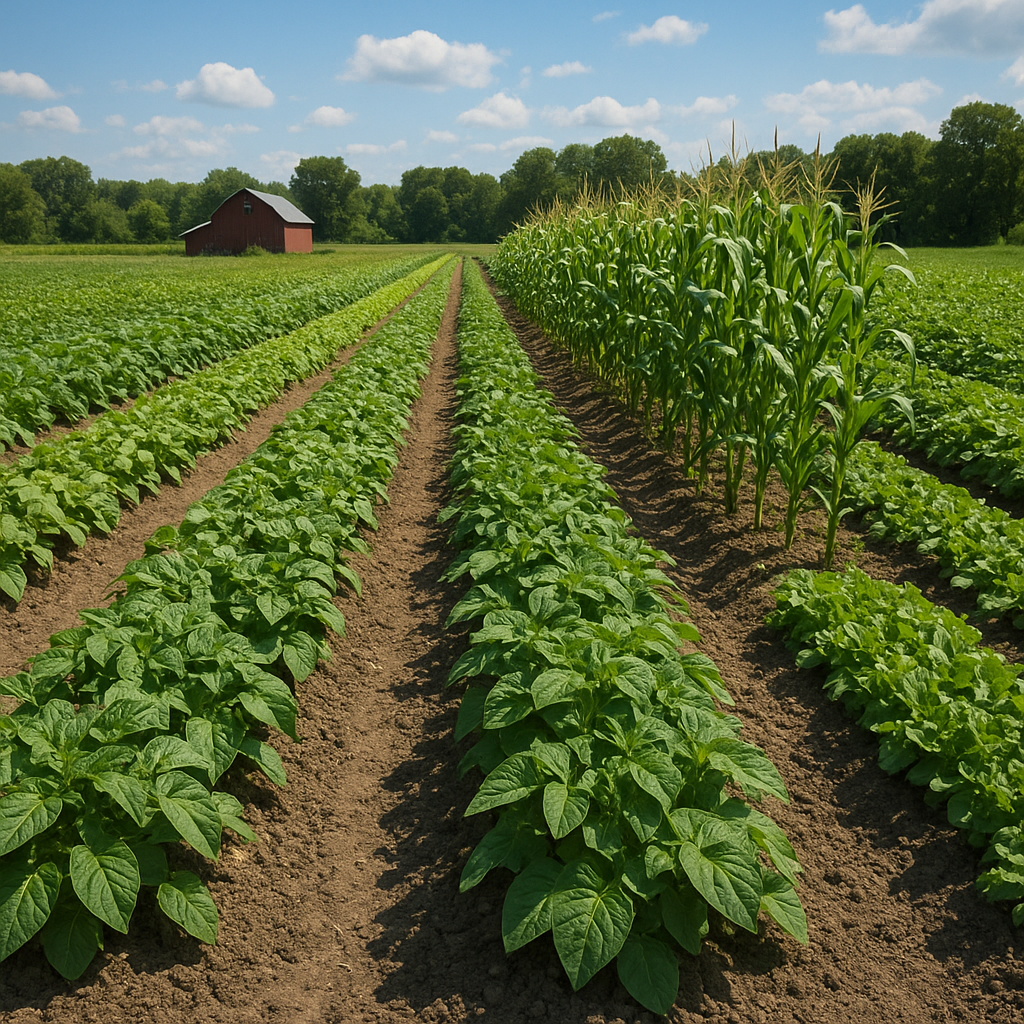The rise of urban farming is transforming the way cities approach food production and sustainability. As urban populations continue to grow, the demand for fresh, locally sourced food has never been higher. Urban farming not only addresses this need but also promotes environmental stewardship, community engagement, and economic development. This article explores the various aspects of urban farming, its benefits, challenges, and the innovative practices that are shaping the future of food in urban environments.
Understanding Urban Farming
Urban farming refers to the practice of cultivating, processing, and distributing food in or around urban areas. This can take many forms, including community gardens, rooftop farms, vertical farms, and hydroponic systems. The concept is not new; however, it has gained significant traction in recent years due to increasing awareness of food security issues, environmental concerns, and the desire for healthier lifestyles.
Types of Urban Farming
Urban farming encompasses a variety of methods and practices, each with its unique advantages and challenges. Here are some of the most common types:
- Community Gardens: These are shared spaces where individuals come together to grow fruits, vegetables, and herbs. Community gardens foster social interaction and provide access to fresh produce for urban residents.
- Rooftop Farms: Utilizing the often underused space on rooftops, these farms can produce a significant amount of food while also providing insulation and reducing urban heat.
- Vertical Farms: These innovative systems use stacked layers to grow crops, often in controlled environments. Vertical farming maximizes space and can be implemented in small areas, making it ideal for densely populated cities.
- Hydroponics and Aquaponics: These soil-less farming techniques use nutrient-rich water to grow plants. Aquaponics combines fish farming with plant cultivation, creating a symbiotic environment that benefits both.
Benefits of Urban Farming
The rise of urban farming brings numerous benefits that extend beyond just food production. Here are some of the key advantages:
1. Food Security
Urban farming plays a crucial role in enhancing food security in cities. By producing food locally, urban farms reduce the reliance on long supply chains, which can be vulnerable to disruptions. This localized approach ensures that fresh produce is available to urban residents, particularly in food deserts where access to healthy food options is limited.
2. Environmental Sustainability
Urban farming contributes to environmental sustainability in several ways:
- Reduction of Carbon Footprint: By growing food closer to where it is consumed, urban farming minimizes transportation emissions associated with food distribution.
- Green Spaces: Urban farms create green spaces that improve air quality, reduce urban heat, and promote biodiversity.
- Waste Reduction: Many urban farms utilize organic waste for composting, turning food scraps into valuable nutrients for the soil.
3. Community Engagement
Urban farming fosters community engagement by bringing people together around a common goal: growing food. Community gardens and farms serve as gathering places where individuals can share knowledge, skills, and resources. This sense of community can lead to stronger social ties and a greater sense of belonging among residents.
4. Economic Opportunities
Urban farming can also stimulate local economies by creating jobs and supporting small businesses. From farmers’ markets to local food cooperatives, urban farms provide opportunities for entrepreneurship and economic development. Additionally, they can attract tourism and promote local food culture.
Challenges Facing Urban Farming
1. Land Access and Zoning Regulations
One of the most significant challenges for urban farmers is securing access to land. In densely populated cities, land is often expensive and scarce. Zoning regulations can also pose obstacles, as many areas are not designated for agricultural use. Advocating for policy changes that support urban agriculture is crucial for overcoming these barriers.
2. Funding and Resources
Many urban farming initiatives struggle with limited funding and resources. Start-up costs for equipment, seeds, and infrastructure can be prohibitive, especially for community-led projects. Access to grants, loans, and partnerships with local organizations can help alleviate some of these financial burdens.
3. Education and Training
Successful urban farming requires knowledge and skills in various areas, including horticulture, business management, and sustainability practices. Providing education and training programs for aspiring urban farmers is essential for building capacity and ensuring the long-term viability of urban agriculture.
4. Climate Change and Environmental Factors
Urban farmers must also contend with the impacts of climate change, including extreme weather events, changing growing seasons, and water scarcity. Implementing resilient farming practices and utilizing technology can help mitigate these challenges and ensure food production remains stable.
Innovative Practices in Urban Farming
As urban farming continues to evolve, innovative practices are emerging that enhance productivity and sustainability. Here are some noteworthy trends:
1. Technology Integration
The integration of technology in urban farming is revolutionizing the industry. From smart sensors that monitor soil moisture to apps that connect consumers with local farmers, technology is streamlining operations and improving efficiency. Vertical farms often utilize advanced climate control systems and LED lighting to optimize growth conditions.
2. Permaculture Principles
Many urban farmers are adopting permaculture principles, which emphasize working with natural ecosystems to create sustainable agricultural systems. This approach focuses on biodiversity, soil health, and water conservation, leading to more resilient urban farms.
3. Community Supported Agriculture (CSA)
Community Supported Agriculture (CSA) programs are gaining popularity in urban areas. These initiatives allow consumers to subscribe to receive regular shares of fresh produce directly from local farms. CSAs strengthen the connection between farmers and consumers while providing a stable income for farmers.
4. Educational Initiatives
Urban farms are increasingly becoming educational hubs, offering workshops, classes, and volunteer opportunities. These initiatives not only teach valuable skills but also raise awareness about food systems, sustainability, and healthy eating.
The Future of Urban Farming
The future of urban farming looks promising as cities recognize the importance of sustainable food systems. As urban populations continue to grow, the need for innovative solutions to food production will only increase. Policymakers, community leaders, and urban farmers must work together to create supportive environments that foster the growth of urban agriculture.
In conclusion, the rise of urban farming is a vital response to the challenges of feeding cities sustainably. By embracing innovative practices, addressing challenges, and promoting community engagement, urban farming can play a significant role in creating resilient, healthy, and sustainable urban environments. As we move forward, it is essential to support and invest in urban farming initiatives that contribute to a more sustainable future for all.




